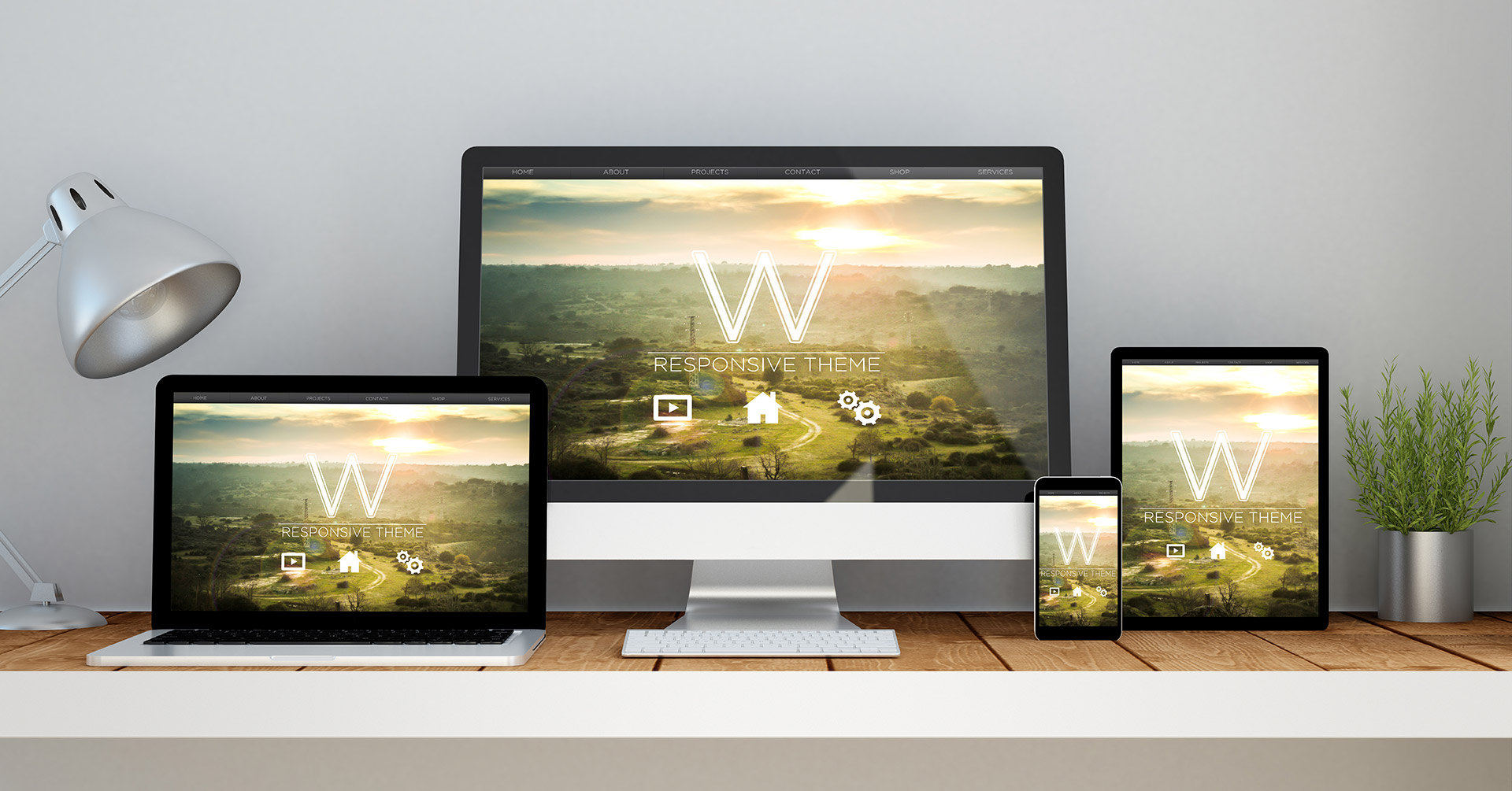There’s nothing wrong with off-the-shelf themes, they can be very handy if you’re producing an e-commerce site due to the large number of layouts needed.
But we don’t use them.
It’s not that we don’t think it’s ethical to sell a client a website for £000’s then go and buy it from a theme marketplace for $60, because anyone who’s bought a WordPress theme will know that there’s a fair amount of work to get it set up. And it’s often more time consuming using them than starting from scratch.
The main issue is the themes are often massive. To make these items saleable, theme designers have to consider all kinds of uses. When importing demo data to build on, the designer then has a huge number of pages, most of which are redundant along with a stack of unneccessary plugins which need to be removed. They are infinitely customisable via multiple pages of theme options (also adding to the size) and in the past I have seen some themes that are abandoned by their developer, completely stop working when a new core plugin needs an update or becomes incompatible with the site’s code.
And you can often tell off-the-shelf themes a mile off.
Behind the scenes they can be great groaning behemoths, with tons of unused code. And all that functionality is accompanied by custom fields within the WordPress CMS making admin even more complicated.
The designer has to try to fit the content supplied by the client to the confines of the theme’s page layouts. And if content for a particular section (a logo or testimonial carousel, a brochure download etc) is not forthcoming then this section has to be removed. So often the theme looks fantatic with all the demo content, but in reality it’s stark and unfinished when using what’s supplied by the client.
Our themes are all bespoke, which gives us the freedom to design our sites exactly for purpose and based around the needs of our clients and their site visitors. Every piece of content has its place within the defined hierarchy in the structure of the page. We might sometimes add sections that can be temporarily hidden until content becomes available at a later date (for event porgrammes for example) but we build our themes to fit the content, not try to shoehorn the content into a theme. It also means our themes are as lightweight as possible and there are no unnecessary plugins, pages or files.
Using Advanced Custom Fields, we can customise the WordPress admin area to make updates as simple as possible. And we can create custom management panels with tick boxes or drag-and-drop to make admin tasks even easier.

